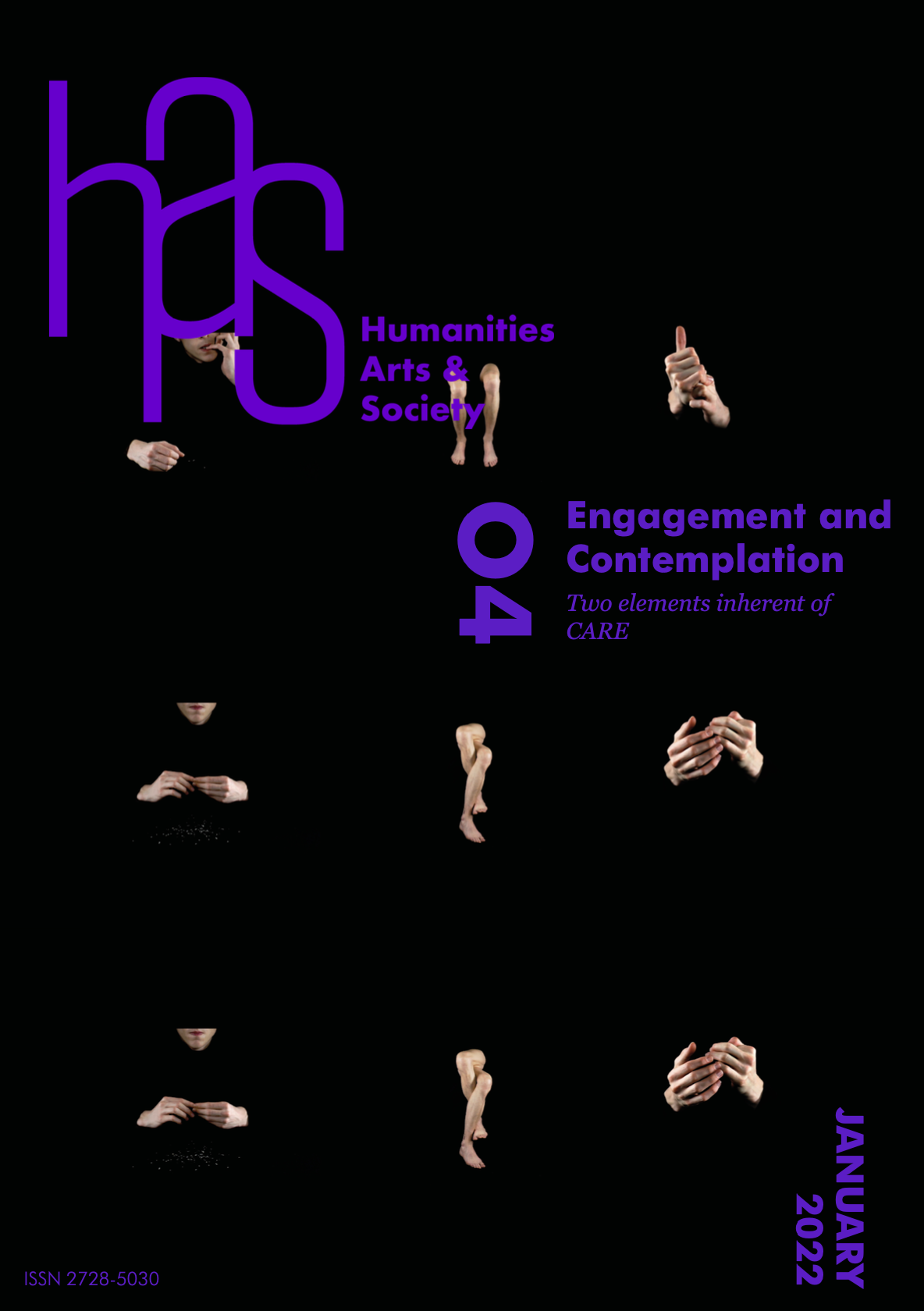
DIRECTOR Luiz Oosterbeek (CIPSH)
DIRECTOR Margalit Berriet (Mémoire de l’Avenir)
EDITOR-IN-CHIEF Zoltán Somhegyi
ARTISTIC DIRECTOR Marie-Cécile Berdaguer
GENERAL COORDINATOR Helena Schümmer
UNESCO-MOST COORDINATOR Camille Guinet
PROJECT ASSISTANT Tamiris de Oliveira Moraes
ENGLISH EDITOR Dan Meinwald
FRENCH EDITOR Aurore Nerrinck, Marcel Rodriguez
FRENCH CORRECTORS Aurore Nerrinck, Margherita Poli & Marcel Rodriguez
FRENCH AND ENGLISH TRANSLATION Ashley Molco Castello, Helena Schümmer, Robin Jaslet & Adrienne Lee
ADMINISTRATION AND PRODUCTION Victor Gresard
DIGITAL DEVELOPMENT Active Creative Design
WEBMASTER Labib Abderemane
GRAPHIC DESIGN Costanza Matteucci & Élodie Vichos
OPERATIONS Mémoire de l’Avenir
Advisory Panel
Aurélien Barrau Astrophysician, Professor at the University of Grenoble-Alpes and filmmaker
Madeline Caviness Professor in Art History at Tufts University, member of CIPSH
Marc William Debono Neuroscientist, poet and essayist, Heading the Arts and Science Center at CC91
Divya Dwivedi Philosopher and writer, Professor at the Indian Institute of Technology, Delhi
Wang Gungwu Historian, Professor Emeritus at the Australian National University and Professor at the National University of Singapore
Étienne Klein Physicist, Philosopher of Science and Director of Research at CEA ( Commissariat à l’énergie atomique et aux énergies alternatives)
Hsiung Ping-chen Secretary-General of the International Council for Philosophy and Human Sciences ( CIPSH) – and CIPSH Chair in “New Humanities”, University of California, Irvine
Alain Husson-Dumoutier UNESCO artist for peace, painter, sculptor and writer
Charles-Etienne Lagasse President of the Jacques Georgin Study Centre
Liu Mengxi Founding chief editor of the magazines Chinese Culture and World Sinology, director of the Institute of Chinese Culture
Liu Thai Ker Architect and urbanist, President of the Centre for Liveable Cities
Benno Werlen UNESCO Chair on Global Understadnding for Sustainability
Maryam Rashidi PhD scholar, Interdisciplinary & Cross-cultural Studies (ANU, Australia) and Independent researcher (France)
Patrick Degeorges Philosopher, specialist in the sciences and politics of sustainability
Harold Sjursen, Professor of Philosophy and Global Ethics, New York University
Lucilla Spini Doctor in Biological Anthropology, University of Florence
Suvra Chakraborty Entrepreneur, music patron and UN consultant
HAS Magazine is created upon an original proposition of Prof. Xiang Xiong Lin, President and founder of the GCACS, conceived and developed by Mémoire de l’Avenir, UNESCO-Most and CIPSH within the Humanities Arts and Society Project.
War begins in the minds of men. The only way to prevent war from happening is through humanity, culture, and the arts. Only by penetrating the hearts and thoughts of people, individually and collectively, can we enable culture to suppress and overcome humanity’s wild and barbarous instincts, and purify its avaricious and power-hungry desires and ambitions.
The digital publication Humanity, Arts & Society is an ambitious artistic and scientific biannual journal, sponsored by four intergovernmental, non-profit cultural organizations. The shared mission and vision that has brought these four organizations together is based upon the goal of serving people and society, promoting culture, the artistic spirit, and human thought with the aim of building a universal global village of trust and harmony.
Professor Lin Xiang Xiong